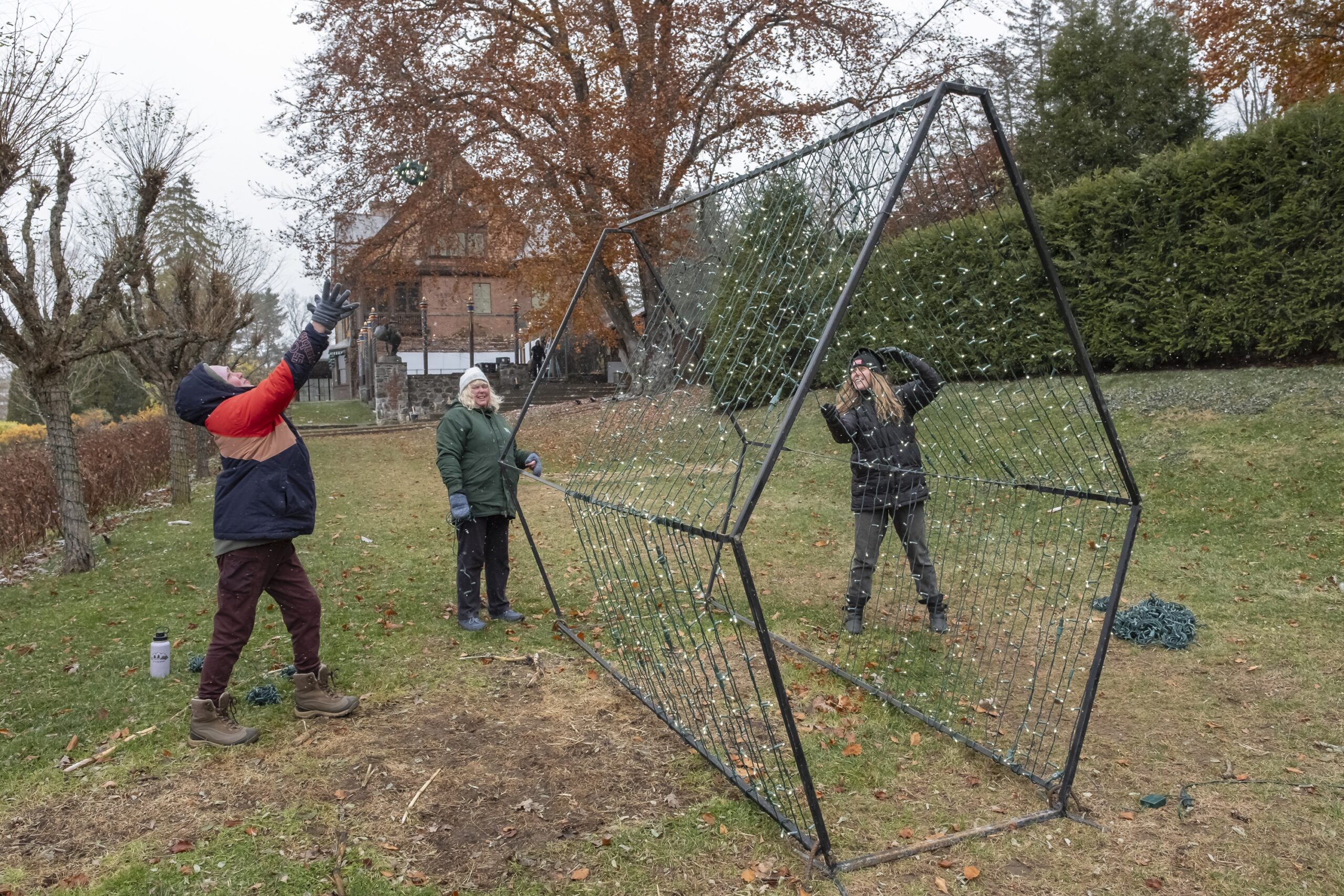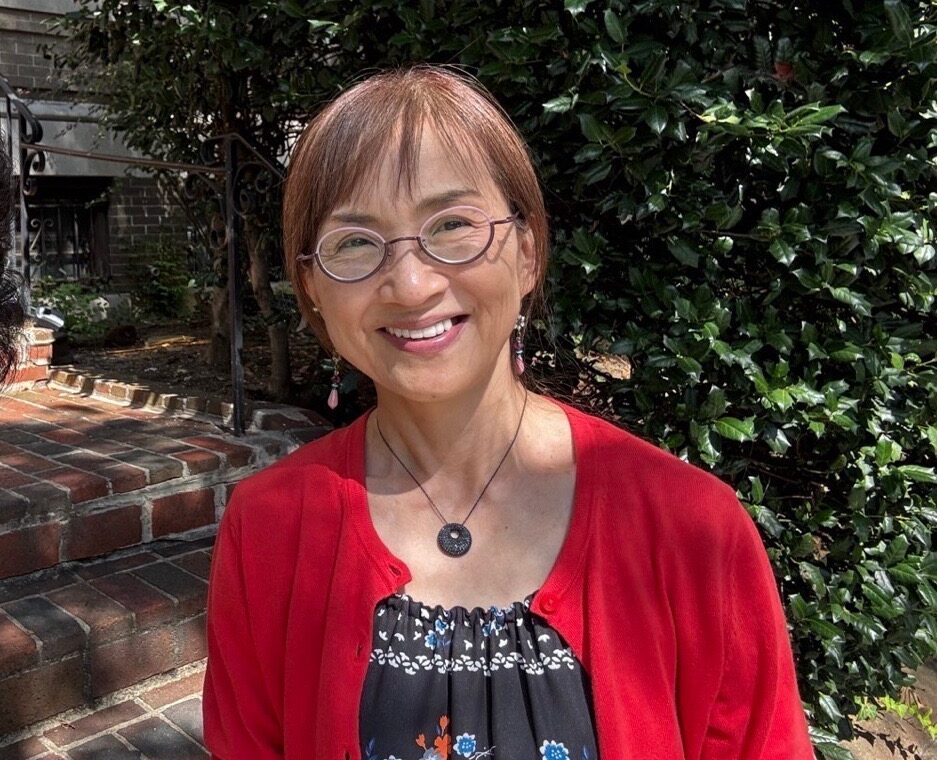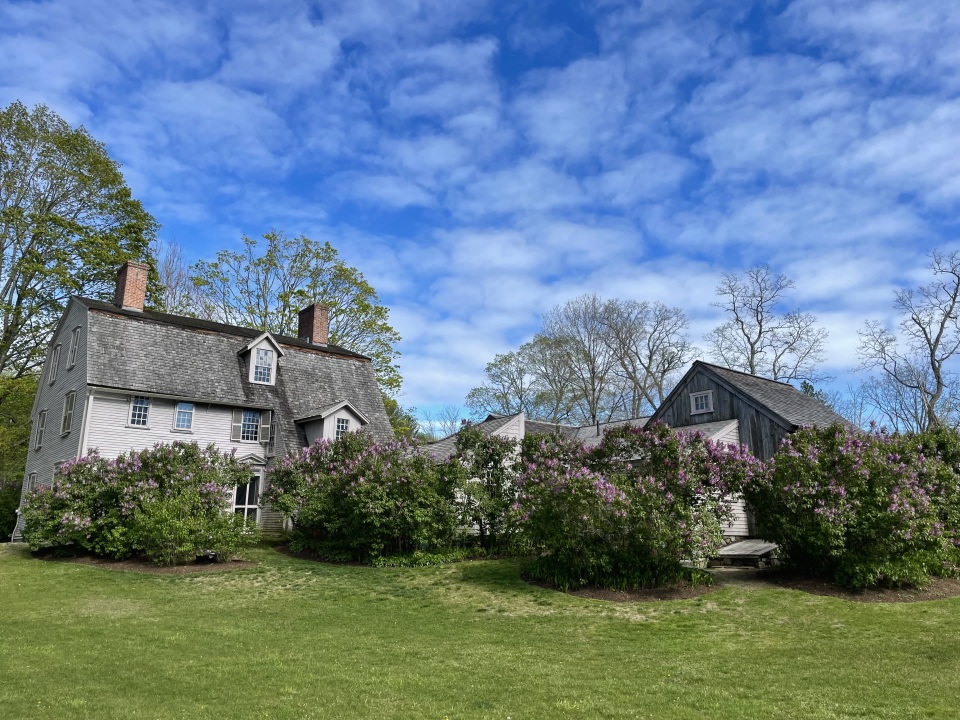
The first shots of revolution rang out near The Old Manse in Concord in 1775, kicking off a seven-year struggle for American Independence from Great Britain. Yet inside the walls of this historic home, the same people who were fighting for freedom were enslaving others.
This contradiction—the fight for liberty and the perpetuation of slavery—is at the heart of the American Revolution. It can be seen in the lives of Cate, Phyllis, and Frank who were all enslaved at The Old Manse by the home’s passionate revolutionary owner Rev. William Emerson and his wife Phebe Bliss.
“There are many stories that are not told in the historic record, individuals whose voices are not easily found in our histories” said Christie Jackson, Trustees Senior Curator. “We’re hoping to change that by sharing what we know about these three enslaved individuals so visitors—and now partially our online readers—can better understand the historic realities of the founding of our country.”
Slavery at The Old Manse
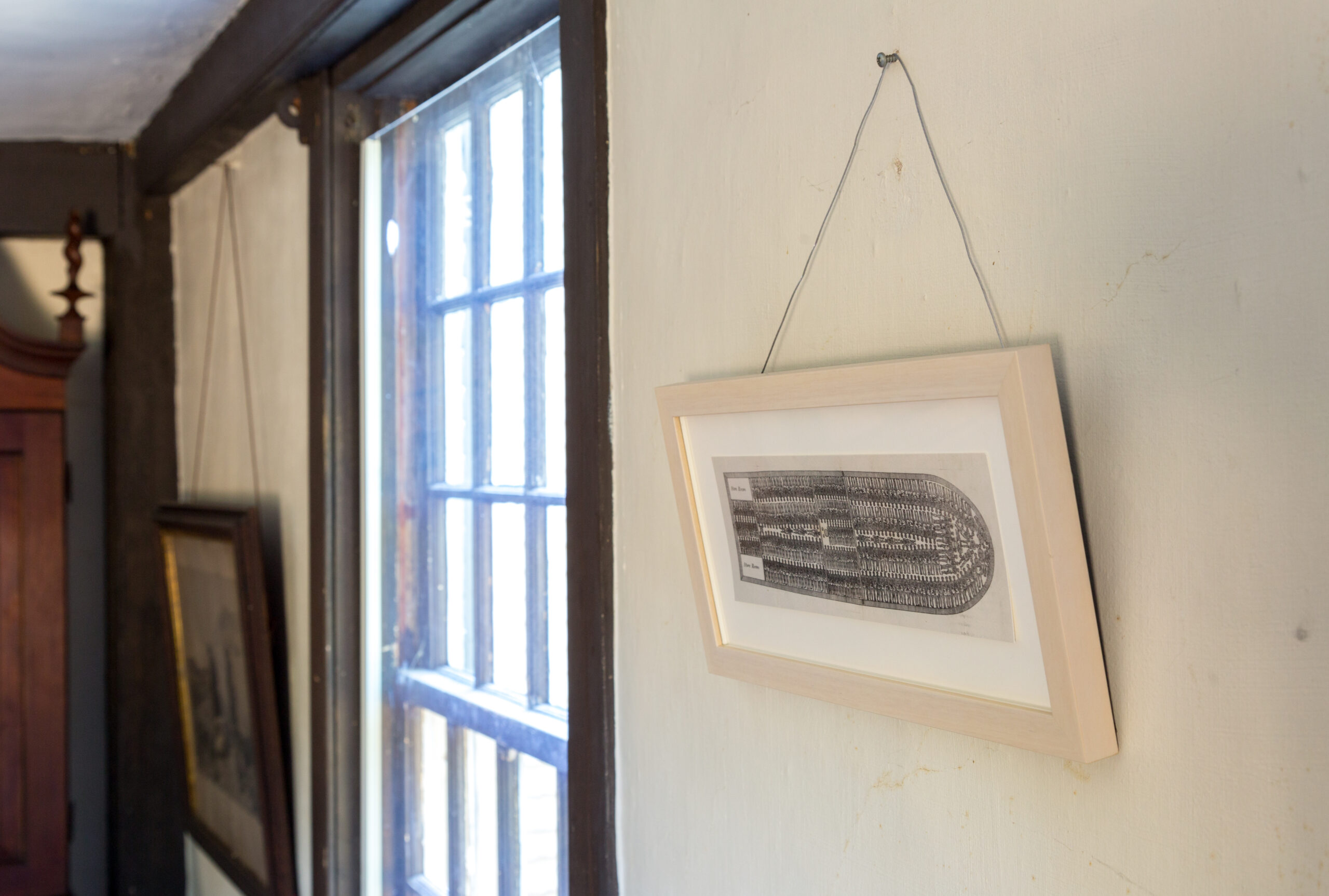
Photo by Alex Jones. Image depicted from 2016 "Meeting House" installation by Sam Durant at The Old Manse.
It comes as a surprise to many who visit Concord to hear that Massachusetts (then called the “Massachusetts Bay Colony”) was a focal point for slavery in the early-17th century. Even in a state often commended for its early abolitionist sentiment, the enslavement of Black individuals was a common practice among wealthy and upper-middle class white families for nearly 150 years.
Many of those enslaved in New England during the colonial era were tasked with domestic work—household duties such as cooking and cleaning—alongside fieldwork. This is represented in the responsibilities of three enslaved individuals who spent time at The Old Manse: Cate, Phyllis, and Frank.
It’s believed that Cate and Phyllis spent most of their time in the kitchen, cooking and completing chores for Rev. William Emerson and his wife Phebe Bliss’ families. Frank on the other hand is believed to have worked the fields as evidenced by Emerson’s correspondence where he instructs Phebe to “tell [Frank] to cut up the wood if he has time and take care of the hay in the barn, and the flax on the grass and the corn in the field, that they be kept out of harm’s way.”
Unfortunately, many parts of Cate’s, Phyllis’, and Frank’s stories remain obscured. Primary sources from the period are mostly written by enslavers who often sought to distance themselves from the realities of their actions. The little glimpses left behind leave much to be inferred about the lives of these enslaved individuals. Still, The Trustees is committed to uncovering their stories through new research and partnerships with other historic organizations in the Concord area.
Intersections with the American Revolution
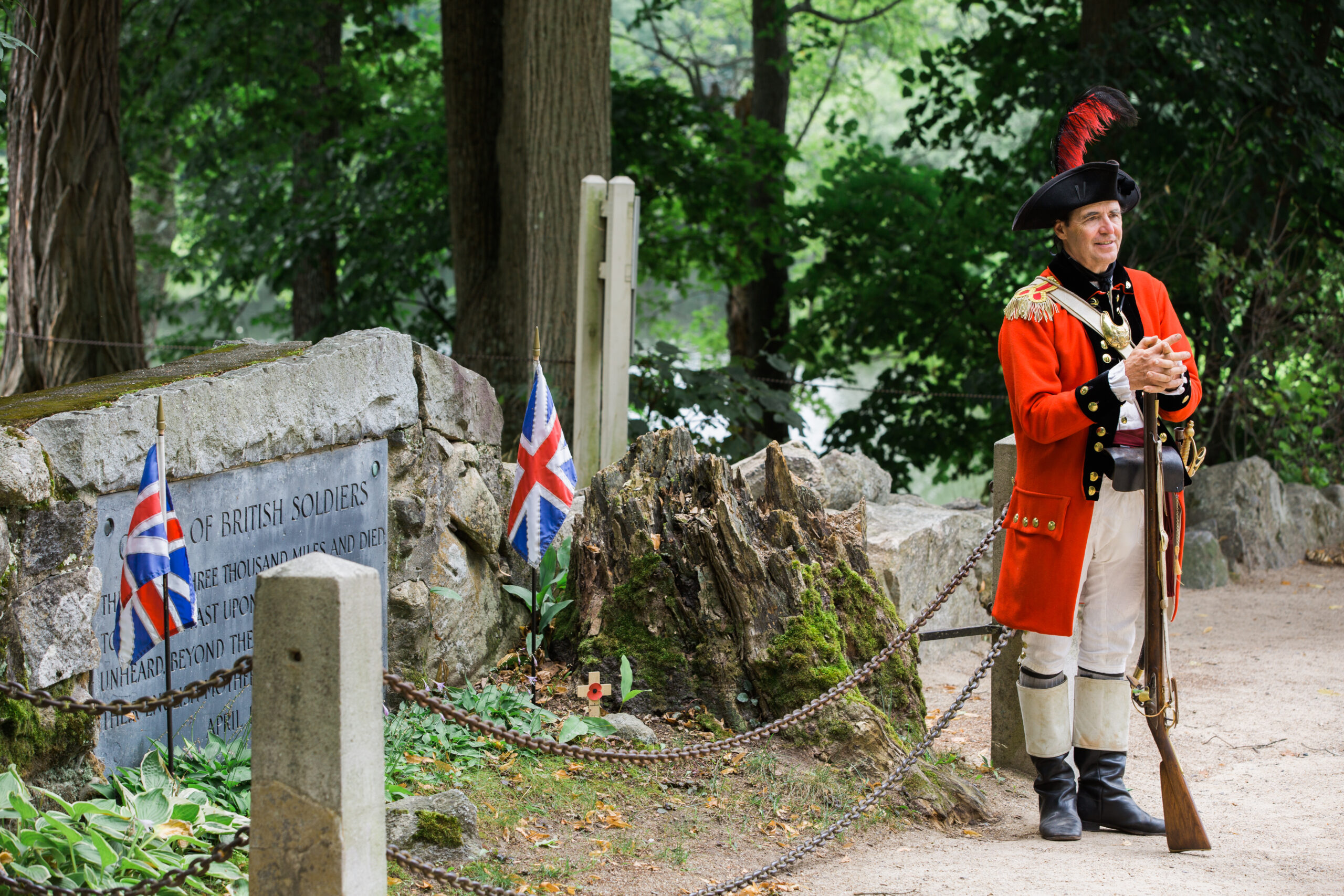
Image by Above Summit
What original writings from the time do make clear is the contradiction of the “patriot pastor” Rev. William Emerson whose powerful rhetoric helped push Concord towards revolution. As an enslaver himself, Emerson referred to his own lived experience as being enslaved to England. Slavery was intolerable, immoral, and a just cause to go to war to Emerson, yet he himself perpetuated the institution of slavery with individuals like Cate, Phyllis, and Frank.
Despite this two-facedness of claiming to fight for liberty while holding people in bondage, Rev. Emerson went on to serve as a Chaplain to the Continental Army. He journeyed to Ticonderoga during the war where he died of dysentery in 1776.
As the Revolutionary War continued, opposition to slavery in New England grew. The struggle for independence from Great Britain made the hypocrisy of slavery visible to white colonists and planted the seeds of the abolitionist movement. When Massachusetts ratified its new Constitution in 1780, Elizabeth Freeman—an enslaved individual at The Colonel John Ashley House—drew upon its revolutionary language to sue Col. Ashley for her and co-plaintiff Brom’s freedom. Their successful suit paved the way for the end of slavery in Massachusetts.
The stories of Cate, Phyllis, and Frank will forever be tied to The Old Manse due to their enslavement at the hands of Rev. William Emerson and his wife Phebe Bliss. Yet the American Revolution—that started with the shots heard just outside their doors—would begin the long journey to freedom that would ensure they were among the last enslaved at that home.
Discover more details of these historical figures and stories at The Old Manse.
Visit Concord
